Raw or cooked meat? When temperatures rise, the desire to consume fresh dishes increases proportionally.
No cooking, little seasoning, and for purists, no sauces. This is how lovers of beaten meat expect to enjoy their dish.
And in order for it to be tasty, lean and tender enough to melt in your mouth, the raw material must be of the highest quality and of the most reliable origin.
Yet in recent years, the consumption of raw meat in the world has increased, thanks also to chefs who have been able to enhance it and propose it in interesting recipes and innovative places.
But which are the cuts of meat that most of all lend themselves to be eaten raw, and above all how to propose to your quest dishes with a delicate taste and fine texture, served in absolute safety?
Let’s find out below.
Not all meat can be eaten raw
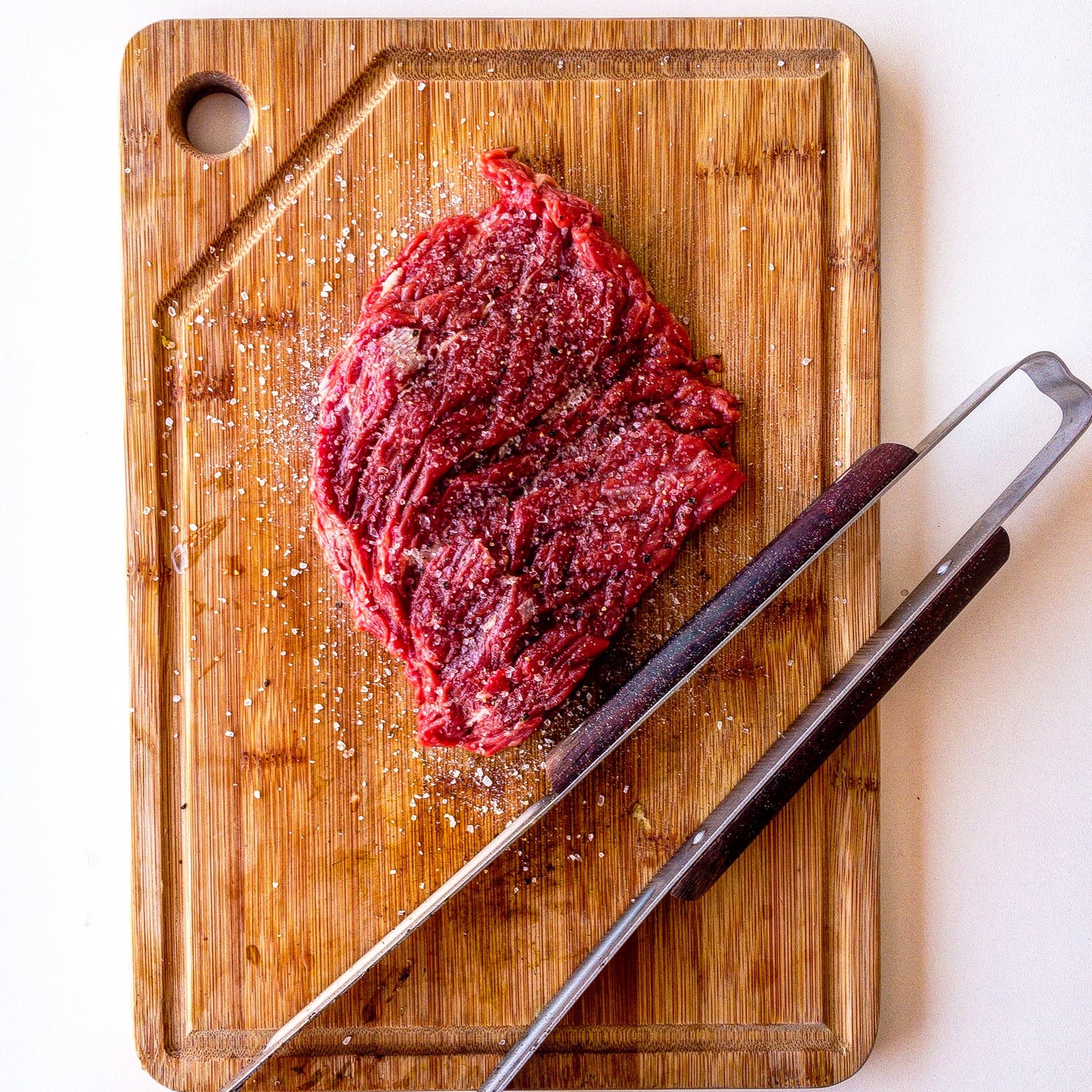
Eating uncooked meat can entail risks from a hygienic point of view, only if all the procedures related to HACCP are not followed.
Raw meat, in fact, is extremely delicate and requires a lot of attention during processing in order not to be contaminated.
However, eating raw meat in total safety is possible as long as the meat is purchased from trusted suppliers, is fresh and of certified quality.
Be careful though, not all types of meat can be consumed raw. Pork and chicken, for example, can be eaten only after having been thoroughly cooked.
This is because they are meats characterized by different categories of microorganisms that could cause food infections, if not properly cooked.
Poultry meat, in fact, has a high tolerance to certain pathogens harmful for human health, the consumption of their meat without an adequate heat treatment could transmit diseases such as salmonella.
Even pork, despite being less insidious than chicken, is not very suitable to be consumed raw.
As a matter of practice, therefore, these two types of meat should be cooked at high temperatures in order to be sure all bacteria potentially present are eliminated.
Some valuable cuts of pork, such as filet, can also be left slightly rare at the heart in order not to lose all the juices and tenderness of the meat.
In these cases, always taking care to work with top quality and certified meat, the temperature at the heart can be about 56°- 58°C.
In order to work in total safety it is also possible to use vacuum cooking at low temperatures.
This method, in fact, allows you to taste excellent pork or chicken meat that is tender, juicy and safe.
The first rule to follow, therefore, to serve excellent raw meat is not to use pork and especially chicken to make carpaccio and tartare and pay attention to the knives used to cut these two types of meat, working only on sanitized surfaces.
Careful hygiene, knowledge of raw materials and respect for the cold chain are therefore essential elements to avoid potential problems.
Beef: the best choice for raw dishes

Beef is the one which is usually chosen for the preparation of raw meat dishes such as carpaccio and tartare.
This preference is related both to low pathogenic potential of these meats and to specific procedures to which cuts are submitted before being consumed.
In order to eat beef safely, it is extremely important that it is of excellent quality.
Choosing wholesale fresh, soft, and lean meat of a certain origin is the only way not to run unnecessary risks and ensure the success of the dish.
The most suitable cuts of beef for making raw meat dishes are the lean pieces of the thigh of the animal, that is: the rump, the rump and the nut.
These should have a maturation period that can vary from 20 to 30 days, in order to be tender, dry and with an elegantly delicate taste.
The second piece of advice we would like to give you is to always check where the beef you buy comes from, how it was raised, how long it was matured and finally, from which cut it was obtained.
How to best serve raw beef
When talking about raw beef the first dish that comes to mind is finely knife-beaten tartare.
No meat grinder, let’s not even talk about minced meat, but just a skilful and painstaking knife work.
This is because the end result that would be obtained if this were not the case, would be markedly different, both in flavor and texture.
In addition, mincing and beating the meat with a knife and not with a meat grinder allows it to be cut without compromising the fibers and without heating it up.
In this way, the nutritional and organoleptic properties are maintained unaltered.
Excellent minced meat is obtained with quality raw meat, as we have just seen, and must be served fresh, but not cold.
If it is cold from the refrigerator, in fact, the aromas of the seasonings and of the meat could not be released in the best way, that’s why the ideal temperature is around 15°C.
To serve a tasty steak (or tartare), it is also important to obtain a perfect balance between the flavor of the meat and that of the seasonings. Also in this case, it is the quality of the raw materials that makes the difference.
Raw meat is perfect when eaten au naturel, with a drizzle of extra virgin olive oil and a pinch of salt, or accompanied by mustard or pink sauce, cherry tomatoes, seasonal vegetables or tartar sauce.
In this case it is better to avoid lemon which does not reduce the risk of contamination, but would only serve to change the pH of the meat and to cover the taste by marinating it, as well as making the meat darker and therefore less appealing to the eye.
An exception that confirms the rule is the traditional recipe of “fassona beef Albese style”, which is marinated in lemon juice and extra virgin olive oil, enriched with grana cheese or truffle.
However, there are not only tartare or beaten meat. Carpaccio and carne salada, for example, are two dishes based on raw beef, each with its own characteristics and peculiarities.
Carpaccio is usually made with the same cuts of fresh meat used for tartare and can be prepared in as many ways as the imagination can create.
Basically, a vinaigrette is prepared by emulsifying oil, lemon, salt and pepper and then adding ingredients that will give character to the dish such as: arugula and parmesan flakes, fresh porcini mushrooms and hazelnuts and so on.
The important thing in this case too is that the meat is very fresh and that it is seasoned and eaten instantly.
Salted meat, on the other hand, is a specialty of Trentino Alto-Adige and represents a good compromise for those who do not like completely raw meat, but still want a fresh and summery dish.
The cut of beef generally used is that of the rump, a valuable part of the animal, but occasionally can also be used underbelly and offal.
The preparation of Carne Salad is done according to very precise criteria which include, first of all, the elimination of all the fat.
After that, a first “dry” marinade is made using coarse salt, garlic, black pepper and spices.
At this point, the meat is seasoned in brine, immersed together with aromatic herbs and juniper berries, from 2 to 5 weeks, according to the size of each piece.
The processing of the meat is extremely accurate: every 3 or 4 days the meat is massaged in order to allow all the aromas to penetrate inside.
The fragrance and tenderness, in fact, are two of the essential characteristics of Carne salad.
Once the seasoning is over, it can be eaten raw, prepared as carpaccio or tartare, accompanied by a simple dressing made of extra virgin olive oil and grana cheese flakes.
However, even in this case there are many ways to enjoy the best of Carne salad, it will be enough to be guided by one’s own creativity.
Nutritional aspects of raw meat
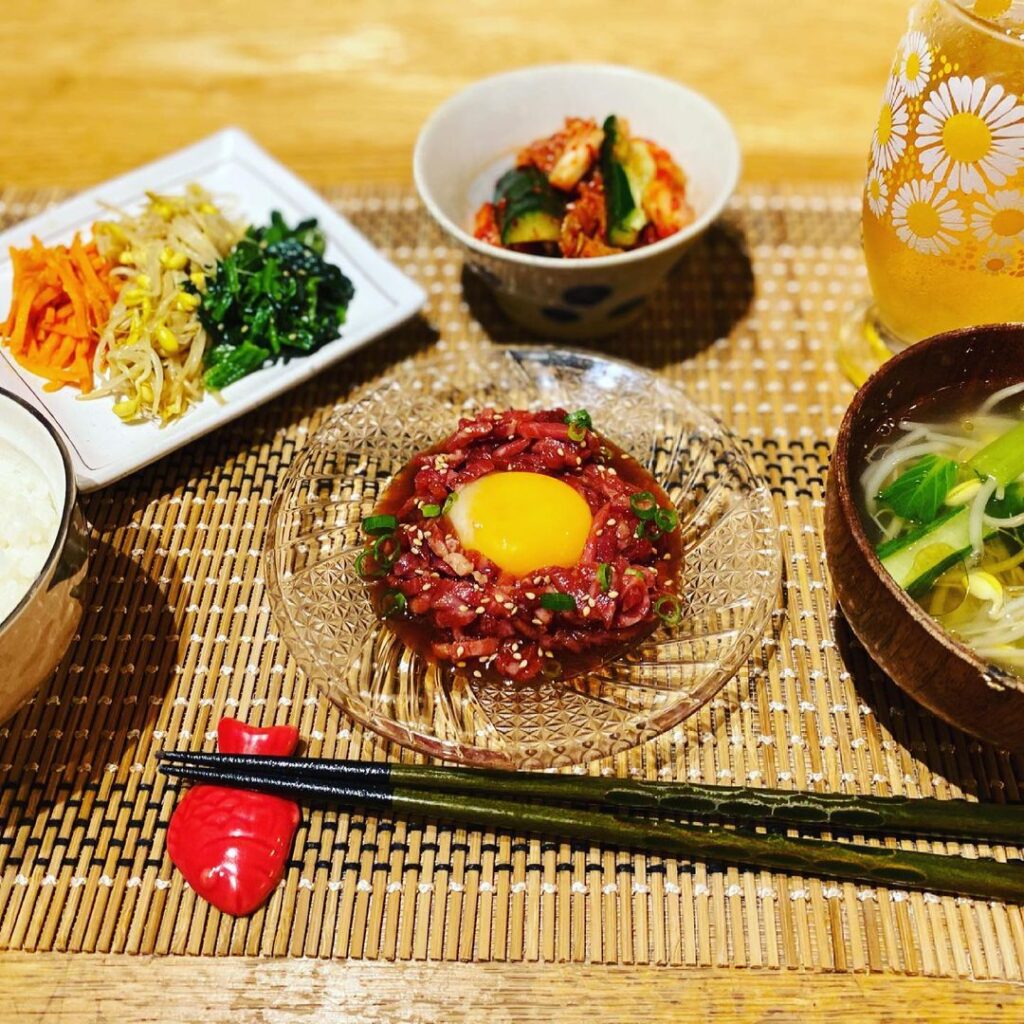
Raw meat surely keeps most of its nutritional characteristics, a higher hydration as well as all the minerals it is naturally rich in such as: iron, potassium, selenium, zinc, magnesium and calcium.
During the cooking process, in fact, most of these elements, as well as vitamins B1, B2, B5 and A in which meat is rich, would be lost or their absorption would be diminished.
It is true, however, that the body has more difficulty in digesting raw meat, even when it is subjected to preliminary processing before being consumed.
In the preparation of carpaccio, for example, lemon is used in order to “cook” the meat and to affect its fibers, therefore making it more digestible.
Moreover, the vitamin C present in lemon juice allows the human body to absorb as much as possible the iron present in raw meat.
As for tartare, on the other hand, the meat is only beaten with a knife. The result, if the meat is of good quality, is to taste a morsel that literally melts in the mouth, which obviously facilitates digestion.
How is raw beef served and stored?
Knife-beaten raw beef should be served at a temperature of around 15°C. Therefore, it is sufficient to take it out of the refrigerator 10-20 minutes before serving it.
Once beaten, the meat must be consumed quickly, within 24 hours at the most and it must be kept at a temperature of 2°C.
To influence the duration of raw meat in cold rooms are also the size of the cut and the way it is kept, however it should not be stored for long periods.
A valid solution to prolong the shelf life of the chosen piece is vacuum packing.
In this way it is possible to prolong the conservation of meat in cold rooms for some days.


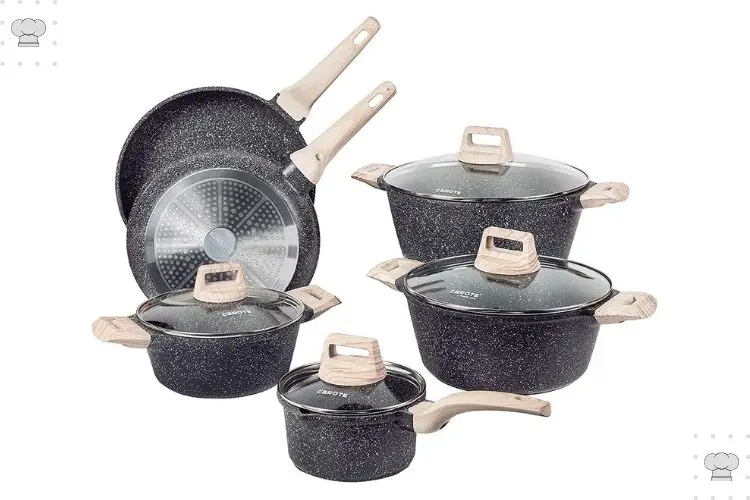
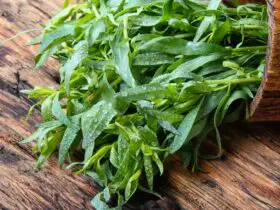

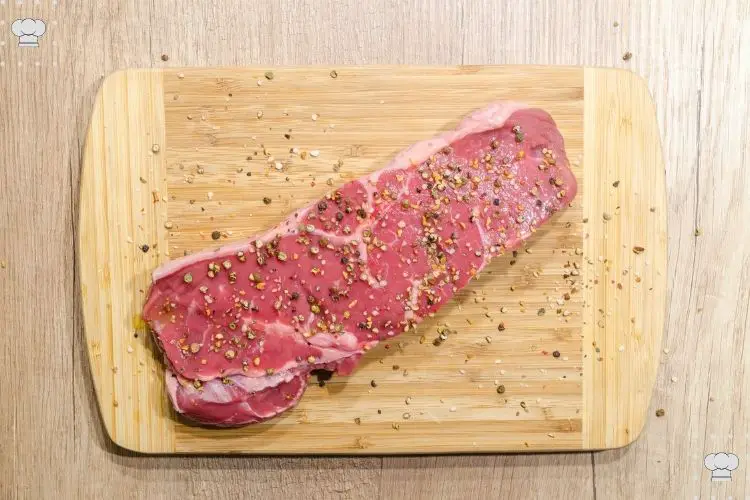





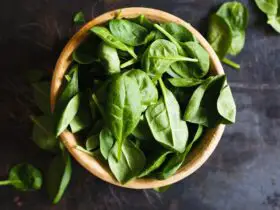

Leave a Reply